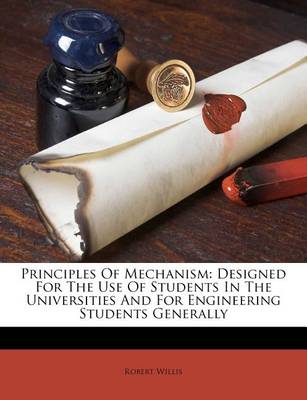Cambridge Library Collection - Technology
2 total works
Canterbury Cathedral, at the heart of the Church in England since the arrival of Augustine in Kent in 597 C.E., is remarkable for its extent, beauty and importance, for the variety of its architectural styles and the many structural changes which it has undergone over the years. In this 1845 work, the Reverend Robert Willis, who was Jacksonian Professor of the University of Cambridge, reproduces historical accounts of the destruction and rebuilding of the cathedral, for example by the monk and chronicler Gervase of Canterbury on the disastrous fire in 1174. He connects these sources to his own informed opinions and interpretations of the historical documents, and includes many illustrative wood engravings to aid the discussion. The modern reader will obtain a great insight into the motives that dictated such changes of plan and structure of this incredible building.
Robert Willis (1800-1875) was a scientist, inventor and architectural historian of international repute. As Jacksonian Professor of Natural and Experimental Philosophy at Cambridge, he demonstrated specially made mechanical devices to huge audiences. First published in 1841, Principles of Mechanism provided the theory behind the demonstrations. He defined mechanism as the means by which any relations of motion could be realised. The book was extremely influential, with all books in English, French, and German on the subject for the next generation adopting Willis' classification and nomenclature. He worked closely with William Whewell, whose Mechanics of Engineering was published in the same year. These two books established the science of mechanism, and provided study materials for the rapidly growing engineering profession. The work became a standard textbook for engineering and mathematics students, with a second edition issued in 1870.

